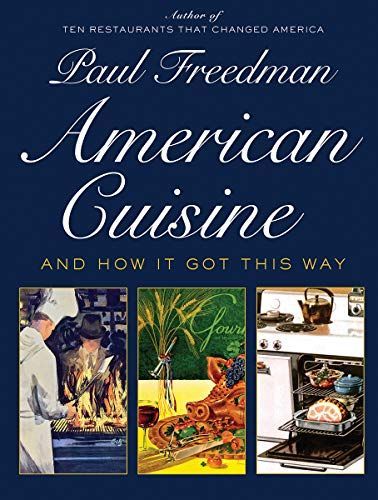
American Cuisine And How It Got This Way
For decades, skeptical foreigners, even many Americans themselves, have doubted the existence of American cuisine, believing that hamburgers, hot dogs, and pizza define the nation's palate. Not so, says leading food historian Paul Freedman, whose book chronicles American culinary habits from the early days of the new republic to the present. Showing how regional dishes like New England clam chowder and Louisiana gumbo yielded to powdered milk, ketchup, and packaged baloney, Freedman traces the twentieth-century rise of processed food, standardization, and fast-food restaurants. With the recent farm-to-table movement, a culinary revolution, however, has now transformed the way Americans eat. Whether analyzing how corporations and advertisers used seduction and guilt to dictate women's food-shopping habits, exploring how class has always determined what Americans eat, or documenting the countless contributions provided by a never- ending stream of immigrants who have actually created America's unique cuisine, Freedman has written a landmark work revealing an astonishing history most of us thought we never had.